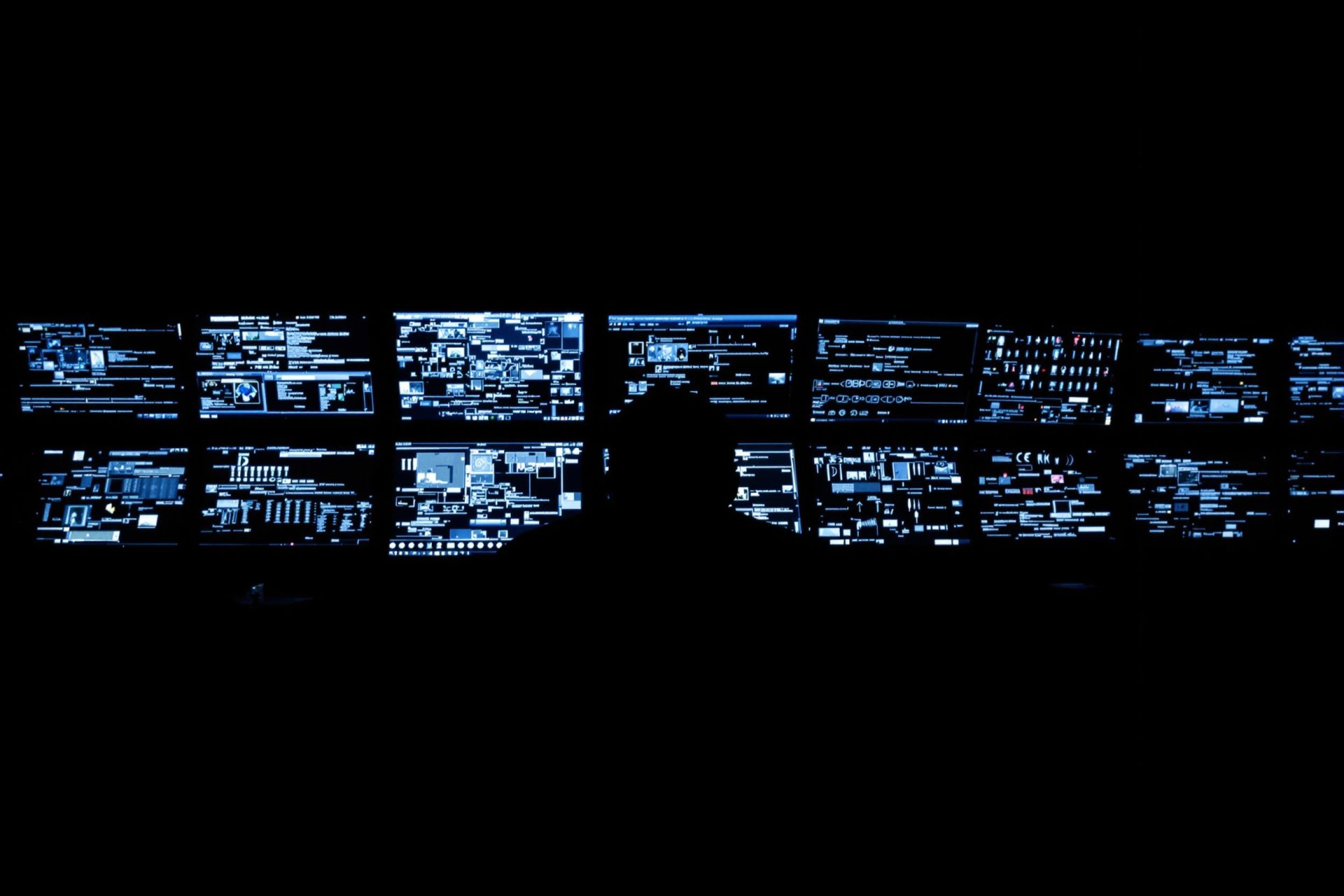Key Takeaways
- Generative AI presents new tools for both cyber attackers and defense teams, changing the security landscape.
- High stress and heavy workloads are causing significant burnout among cybersecurity leaders (CISOs) and their staff.
- AI technologies offer a way to reduce this pressure by automating routine tasks within Security Operations Centers (SOCs).
- CISOs are encouraged to strategically integrate AI to simplify security systems and boost overall efficiency.
- A structured 90-day plan can help organizations adopt AI responsibly to bolster their cybersecurity measures.
Generative AI is rapidly transforming the digital world, equipping everyone from rogue hackers to nation-state cyber operatives with new techniques. This evolving environment, coupled with economic uncertainties, is magnifying issues like insider threats.
Chief Information Security Officers (CISOs) are bearing the brunt of these challenges, leading to increased instances of burnout. As detailed in a recent article by VentureBeat, AI is not only reshaping threats but also placing unprecedented pressure on cybersecurity teams. The conversation is now shifting towards how AI can also be part of the solution.
The problem of burnout is severe. Studies show nearly one in four CISOs are thinking about quitting, with 93% citing extreme stress. Gartner’s research connects this burnout to decreased team efficiency and critical security tasks being overlooked, often creating new vulnerabilities.
Security Operations Center (SOC) analysts are particularly hard-hit, often sifting through more than 10,000 alerts each day. This relentless pressure leads to high staff turnover. The Ivanti 2024 Digital Employee Experience (DEX) Report highlighted that while 93% of professionals believe an improved DEX strengthens security, only 13% actually prioritize it.
While AI cannot solve every problem, it can offer substantial relief by automating SOC workflows and speeding up the process of assessing alerts. Forrester advises CISOs to look beyond merely automating existing tasks and instead leverage generative AI to streamline security controls and integrate it effectively within their current platforms.
The tech industry is responding with a wave of new AI-based applications aimed at supporting SOC teams. CrowdStrike’s recent global threat report emphasizes the urgency, noting that attackers can now breach defenses within minutes of gaining initial access. Their AI tool, Charlotte AI Detection Triage, has shown it can automate alert assessment with high accuracy, significantly reducing manual effort.
Cybersecurity leaders have a pivotal role in guiding their organizations’ investments in generative AI. According to Gartner, cybersecurity teams influence over 70% of decisions related to gen AI adoption.
To manage this integration effectively, CISOs can adopt a phased approach. VentureBeat suggests a 90-day roadmap, starting with establishing core AI governance and strong identity and access management practices in the first month.
The second month of the plan centers on enhancing proactive security operations. This includes automating patch management, as unpatched vulnerabilities are a major cause of breaches, and implementing Cyber Risk Quantification to better communicate security’s value in business terms.
In the final 30 days, the focus shifts to optimizing security efficiency and bolstering team resilience. This involves consolidating security tools and using AI-driven automation to handle repetitive tasks, thereby reducing manual workloads and supporting structured burnout mitigation practices, especially within SOCs.
CISOs are continually challenged to protect ever-expanding digital territories, often with modest budget increases. Those who treat generative AI as a strategic asset, carefully evaluating new tools, are better positioned to unify and fortify their security infrastructure. Ultimately, as AI makes attacks more sophisticated, the combination of human expertise and AI-powered defense becomes increasingly vital.



